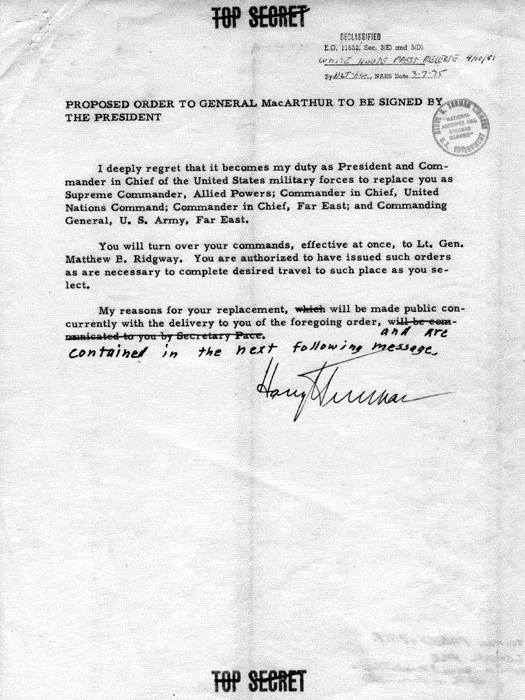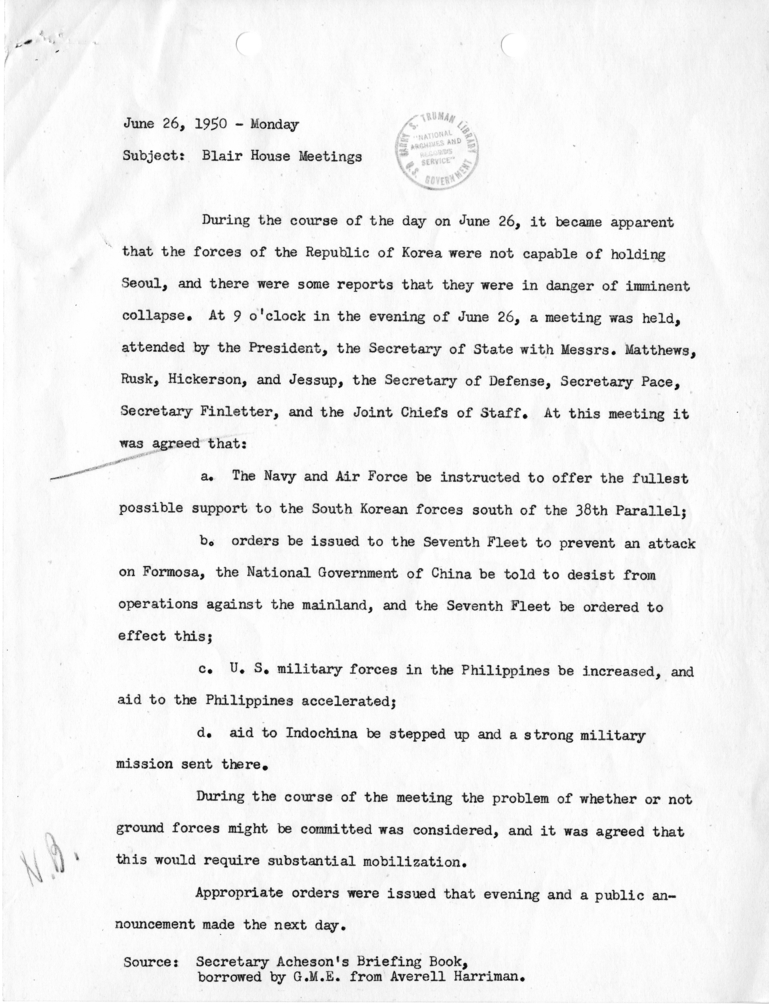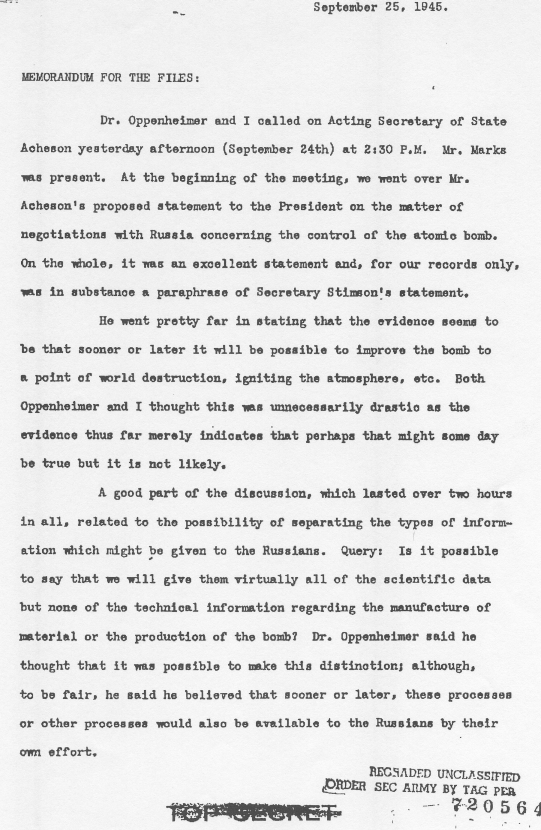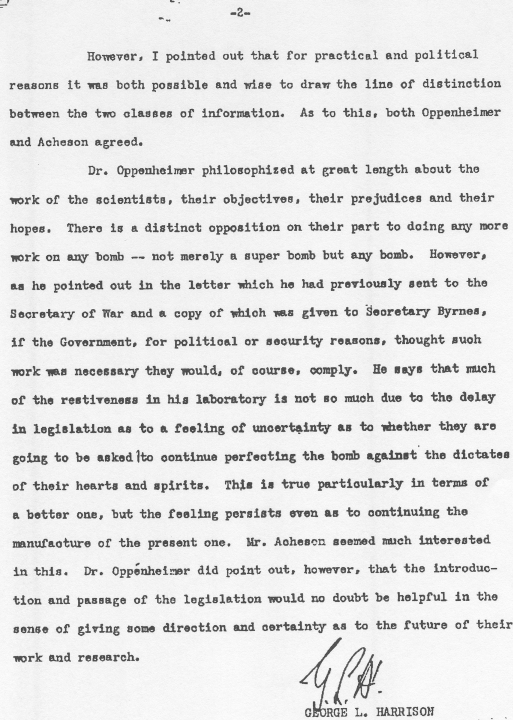Students will complete the first part of the assignment, which is a document analysis, in small groups. The Document Based Essay, an individual task, will be written in class.
Students will continue to practice the skill of analyzing historical documents. It is assumed that by the time a student has reached the 1940s, he/she will have been in a history class for many months and will have encountered historical documents on previous occasions. By writing an essay that requires the student to both use primary sources and their own knowledge of a time period, this exercise will allow the students to demonstrate the ability to analyze documents and place them in their proper perspective.
- Analyze historical documents according to either the National Archives method (using the worksheet provided by the National Archives), the Advanced Placement United States History method (identifying historical context, audience, purpose and point of view) or the International Baccalaureate method (identifying origin, purpose, value, limitation and content).
- Acquire information about President Truman and the Cold War
- Write an essay utilizing the aforementioned documents.
California is a Common Core state and the analysis of non-fiction text and primary sources are integral to the ELA standards.
Documents will be provided by the teacher who used the Truman Library collection and the National Archives.
The class textbook and the teacher should provide sufficient background information about the period 1945-1953.
Document A) Letter from President Truman to General MacArthur 1951
Document B) Herblock Cartoon in Washington Post regarding Soviet A-Bomb 1949
Document C) Photograph of Berlin Airlift October 10, 1948
Document D) National Security Act of 1947
Document E) Notes from Blair House Meeting of June 26, 1950
Document F) Memo of conversation: Dean Acheson and Robert Oppenheimer September 25, 1945
Document G)
Letter from J. Edgar Hoover to Harry Vaughan November 8, 1945
- After a review of the Truman foreign policy (1945-1953), students will break into small groups for a document analysis exercise. Each group will be given 7 documents to investigate. As previously stated, teachers will have the option of choosing the tool by which the students complete their task. The instructor, after reminding the students of the job before them, will circulate around the room to ensure the pupils are making progress. Each group will be assigned one of the documents to present to the class. The group will share their findings and the teacher will facilitate and discussion and ask questions.
- The next day, the students will answer the following essay prompt: “Assess the challenges faced and actions taken by President Harry Truman when confronted with the reality of a Cold War with the Soviet Union.”
- Students will turn in their document analysis (one per group) when they complete and turn in their essays.
- Depending on the level of the class and the preference of the teacher, the rubric that governs the essay may differ slightly. Generally, for a DBQ (Document Based Question), it is expected that the student will:
- Provide a strong, clear, unambiguous thesis statement which answers all aspects of the prompt.
- Provide specific historic examples, including the documents, to back up the thesis.
- Use at least 6 of the 7 documents, placing them in their proper historical perspective, to back up the thesis.



